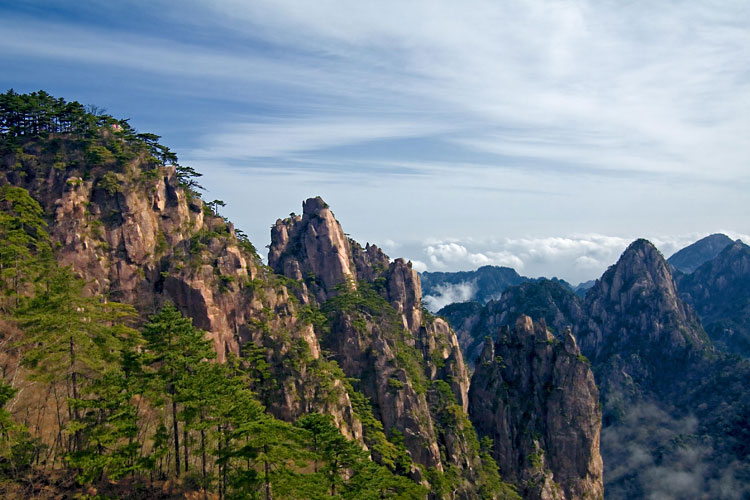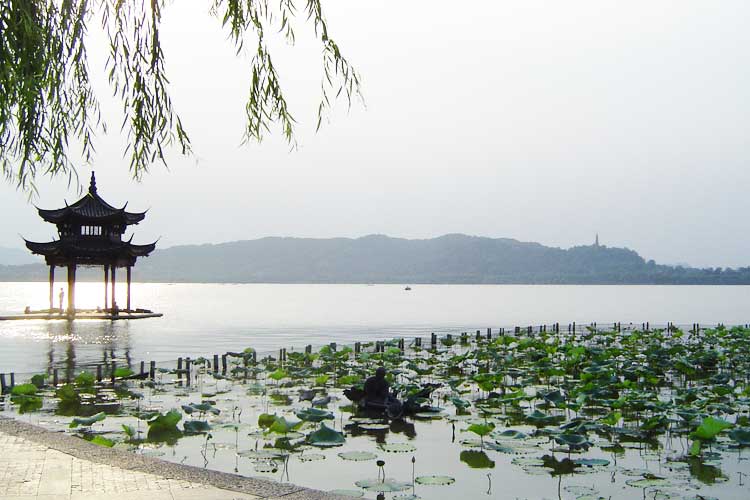Eight Places to See When You Visit Xian
An ancient Chinese dynastic capital, Xi'an is home to Big Wild Goose Pagoda & the Terra Cotta Army.
Places to See:
- Emperor Qinshihuang's Mausoleum Site Museum
View the Terracotta Army, a collection of terracotta sculptures depicting the armies of Qin Shi Huang, the first Emperor of China. It is a form of funerary art buried with the emperor in 210–209 BCE with the purpose of protecting the emperor in his afterlife. The figures, dating from approximately the late third century BCE, were discovered in 1974 by local farmers in Lintong County, outside Xi'an, Shaanxi, China. The figures vary in height according to their roles, the tallest being the generals. The figures include warriors, chariots and horses. Estimates from 2007 were that the three pits containing the Terracotta Army held more than 8,000 soldiers, 130 chariots with 520 horses, and 150 cavalry horses, the majority of which remained buried in the pits near Qin Shi Huang's mausoleum. Other terracotta non-military figures were found in other pits, including officials, acrobats, strongmen, and musicians. - Giant Wild Goose Pagoda
Giant Wild Goose Pagoda or Big Wild Goose Pagoda, is a monumental Buddhist pagoda located in southern Xi'an, Shaanxi, China. It was built in 648/649 during the Tang dynasty and originally had five stories. It was rebuilt in 704 during the reign of Empress Wu Zetian and its exterior brick facade was renovated during the Ming dynasty. One of the pagoda's many functions was to hold sutras and figurines of Gautama Buddha that were brought to China from India by the seventh-century Buddhist monk, scholar, traveller, and translator Xuanzang. Today, the interior walls of the pagoda feature engraved statues of Buddha by the renowned 7th-century artist Yan Liben. This pagoda was added to the so-called World Heritage List, along with many other sites along the Silk Road, as part of the "Silk Roads: the Routes Network of Chang'an-Tianshan Corridor" site in 2014. - Fortifications of Xi'an
The fortifications of Xi'an, also known as Xi'an City Wall, in Xi'an, represent one of the oldest, largest and best preserved Chinese city walls. It was built under the rule of the Hongwu Emperor Zhu Yuanzhang as a military defense system. It exhibits the "complete features of the rampart architecture of feudal society". It has been refurbished many times since it was built in the 14th century, thrice at intervals of about 200 years in the later half of the 1500s and 1700s, and in recent years in 1983. The wall encloses an area of about 14 sq km. The Xi'an City Wall is on the tentative list of UNESCO's World Heritage Site under the title "City Walls of the Ming and Qing Dynasties". Since 2008, it is also on the list of the State Administration of Cultural Heritage of the People's Republic of China. Since March 1961, the Xi'an City Wall is a heritage National Historical and Cultural Unit. - Great Mosque of Xi'an
The Great Mosque of Xi'an is one of the largest pre-modern mosques in China. Although the mosque was allegedly first built in the year 742 AD, its current form was largely constructed in 1384 AD during Emperor Hongwu's reign of the Ming dynasty, as recorded by the Records of Xi'an Municipality. An active place of worship within Xi'an Muslim Quarter, this courtyard complex is also a popular tourist site. It now houses more than twenty buildings in its five courtyards, and covers 12 km². - Shaanxi History Museum
Shaanxi History Museum, which is located to the northwest of the Giant Wild Goose Pagoda in the ancient city Xi'an, in the Shaanxi province of China, is one of the first huge state museums with modern facilities in China and one of the largest. The museum houses over 370,000 items, including murals, paintings, pottery, coins, as well as bronze, gold, and silver objects. The modern museum was built between 1983 and 2001 and its appearance recalls the architectural style of the Tang Dynasty. - Bell Tower of Xi'an
The Bell Tower of Xi'an, built in 1384 during the early Ming Dynasty, is a symbol of the city of Xi'an and one of the grandest of its kind in China. The Bell Tower also contains several large bronze-cast bells from the Tang Dynasty. The tower base is square and it covers an area of 1,377 m². The tower is a brick and timber structure and close to 40 m high. It is located in the center of Xi'an, at the intersection of the four streets of the east, west, south and north. It is the largest and most preserved one amongst the many bell towers left over from ancient China. - Daming Palace
The Daming Palace was the imperial palace complex of the Tang dynasty, located in its capital Chang'an. It served as the imperial residence of the Tang emperors for more than 220 years. Today, it is designated as a national heritage site of China, and part of the UNESCO World Heritage Site "Silk Roads: the Routes Network of Chang'an-Tianshan Corridor". The area is located northeast of present-day Xi'an, Shaanxi Province. - Small Wild Goose Pagoda
The Small Wild Goose Pagoda, sometimes Little Wild Goose Pagoda, is one of two significant pagodas in Xi'an, Shaanxi, China, the site of the old Han and Tang capital Chang'an. The other notable pagoda is the Giant Wild Goose Pagoda, originally built in 652 and restored in 704. This pagoda, along with the Giant Wild Goose Pagoda and other sites along the Silk Road, was inscribed in 2014 on the UNESCO World Heritage List as the Silk Roads: the Routes Network of Chang'an-Tianshan Corridor World Heritage Site.

Comments Section Rules and Regulations
We monitor our online submissions and reserve the right to delete any comment we deem offensive, unreasonable or unrelated to the content of the website. Please be civil when replying to any users who posted their comments. You need to fill out all fields of the following form to submit your comment.







Submit a Comment